The Extension of Limbs
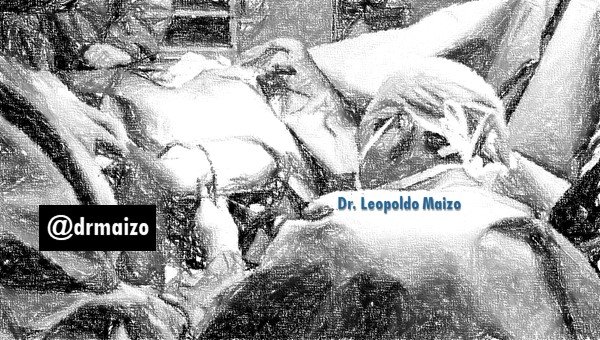
Limb lengthening
Limb lengthening treats length discrepancies of upper and lower limbs. Early treatment avoids irreversible sequelae such as osteoarthritis. The study of discrepancies is carried out with a standardized teleradiography, which provides information on the bone segment involved and the total length to be corrected. Less than 15 mm discrepancy has been shown to have no influence on the mechanics of gait and joints. More than 15 mm produces an alteration in joint loads, ranges of joint movement, muscular compensations, spinal compensations (compensatory scoliosis), among others, which produce long-term sequelae.

Methods
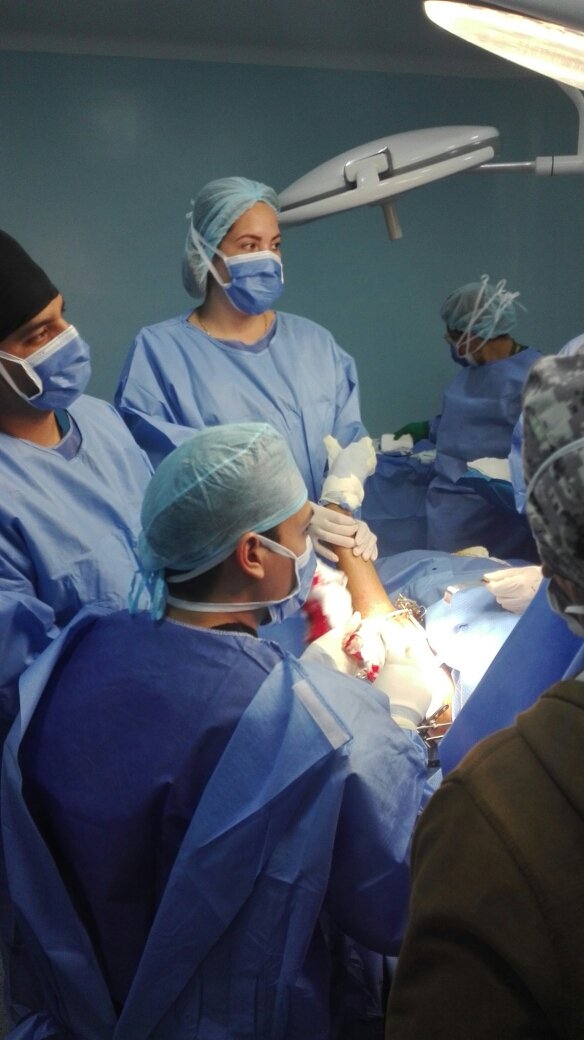
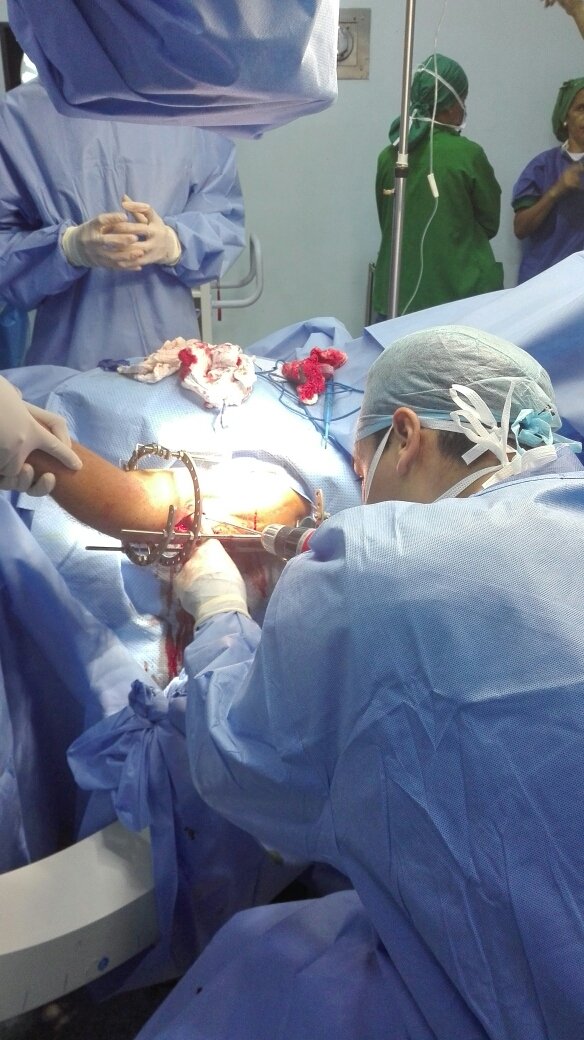
Existing treatment methods are conservative and surgical. Within the latter are external and internal fixators. External fixators have a high frequency of superficial infections through needles, however, they are versatile and capable of correcting virtually any deformity. Internal fixators (e.g. intramedullary nails) cannot correct large deformities, as well as perform large lengthening, however, their complication frequency is much lower and they are much better tolerated by the patient.
These treatment methods achieve very precise results. They have a margin of error of 3.5 mm in length, which has no mechanical consequences for a limb. The satisfaction rate is around 90% and they achieve significant pain relief.
Limb length discrepancies are a very common condition in the general population. The decision to treat is based on the magnitude of the discrepancy, the patient's condition, and the functional impact of this deformity on the patient.
The basic principle of bone elongation is through distraction osteogenesis. This is done in increments of 1 mm per day, through internal or external fixator methods to the limb.
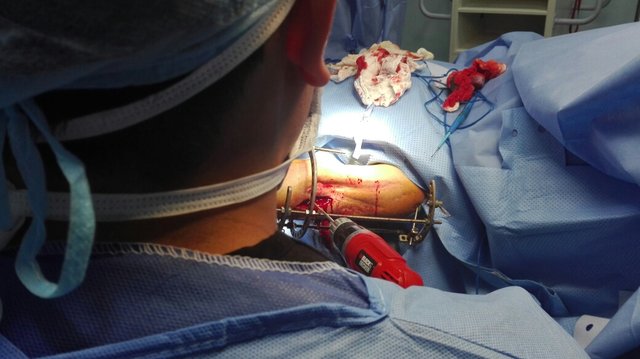
Causes of limb discrepancies
Causes differ in acquired and congenital conditions. Acquired causes include infections, metabolic diseases, trauma, or tumors that during growth have caused a slowdown or physiological arrest. Also in adulthood, surgeries for fractures with great comminution, tumors or osteomyelitis that required bone resections, are causes of limb shortening. Congenital causes include fibular hemimelia, congenital femoral defect and hemihypertrophy (which has acquired and congenital causes), among many others.

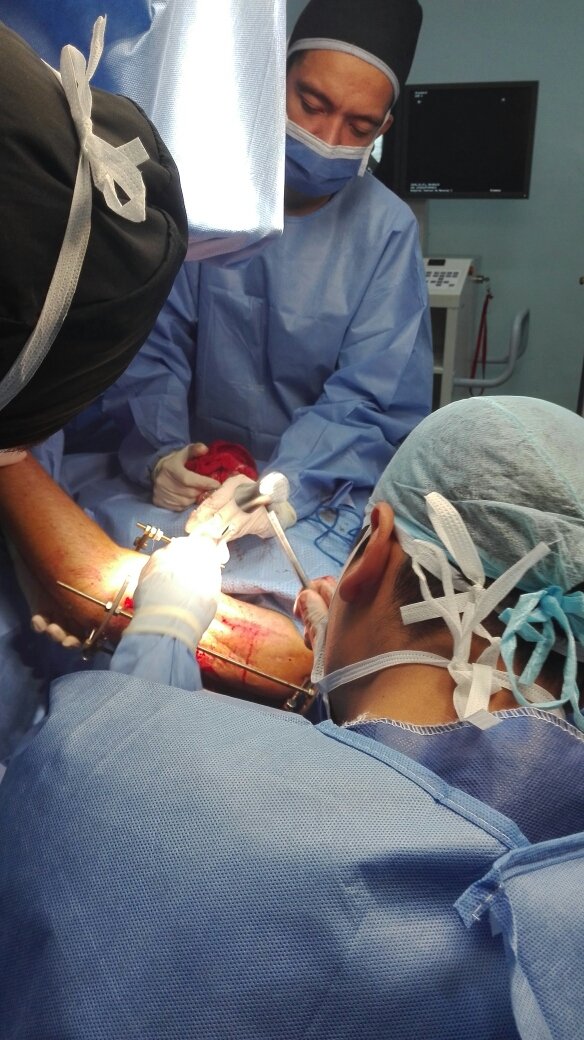
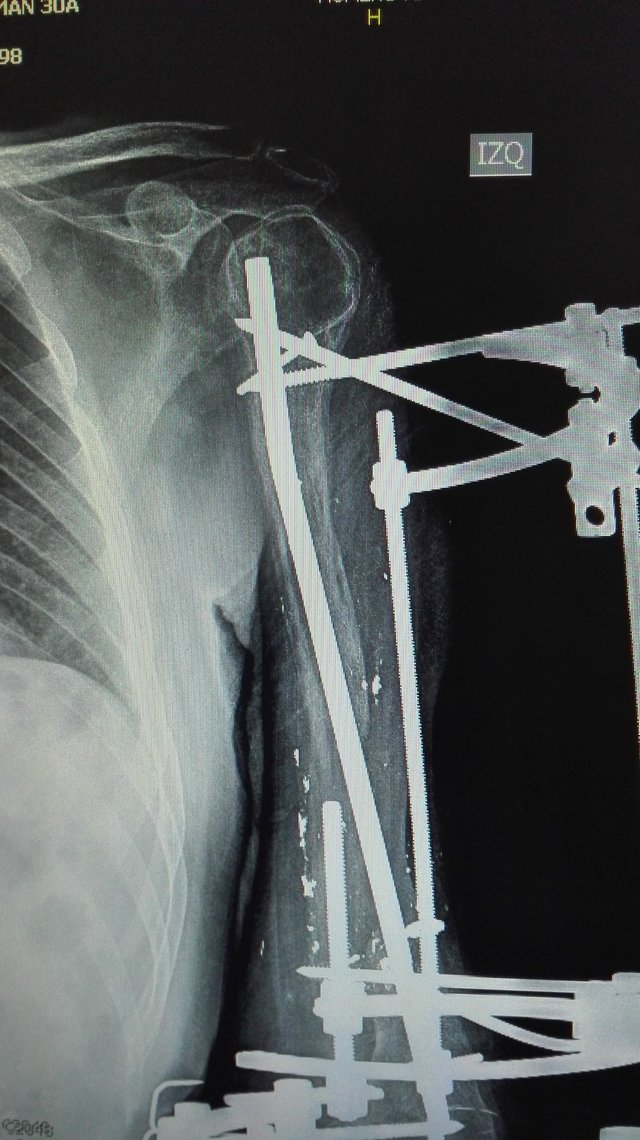
Treatment Options
Before offering surgery, non-surgical options should be discussed with the patient and/or family members. These include insoles, shoe enhancements, prostheses, among others. The enhancements are an excellent resource to start treatment. This should be applied to an old shoe that the patient has (but that a shoemaker can modify). If the patient refers relief of his discomfort using this enhancement, it will be known that an eventual bone lengthening will be effective. This external enhancement is just as effective as a bone enlargement in correcting, from a mechanical point of view, the joint and body alterations produced by the discrepancy. Of course, using a shoe with an external enhancement has limitations: gait instability (it is using a shoe with a heel on one side), appearance (aesthetic motif), social (bullying among minors), stiffness of the shoe (since the enhancement causes absolute rigidity in the structure of the shoe and can cause discomfort in the foot when walking), sports, among others.
Surgical options should be separated between mature and immature skeleton. Beginning with the immature skeleton, one option is epiphysiodesis. This consists of slowing the growth of the long limb so that, at the end of growth, the limbs are of the same length. This is a minimally invasive surgery, with low risk and good cosmetic result. Its limitations are a lower final stature and its predictability may not be 100% accurate. For this reason, this option is offered in cases of children who are above the 50th percentile of height and whose calculated discrepancy does not exceed 5 cm. In order to achieve a satisfactory result, a calculation must be made of the time at which this surgery must be performed during the patient's growth, so that an equal length of limbs is obtained at skeletal maturity. This calculation is done with the methods already exposed above. Epiphysiodesis techniques include fysis brocade, plate fixation, screw fixation, among others.

If you need recommendations or help in orthopedic surgery and traumatology do not hesitate to contact me.
Dr. Leopoldo Maizo - Orthopedic Surgeon

If you want to read more I invite you to visit my page:
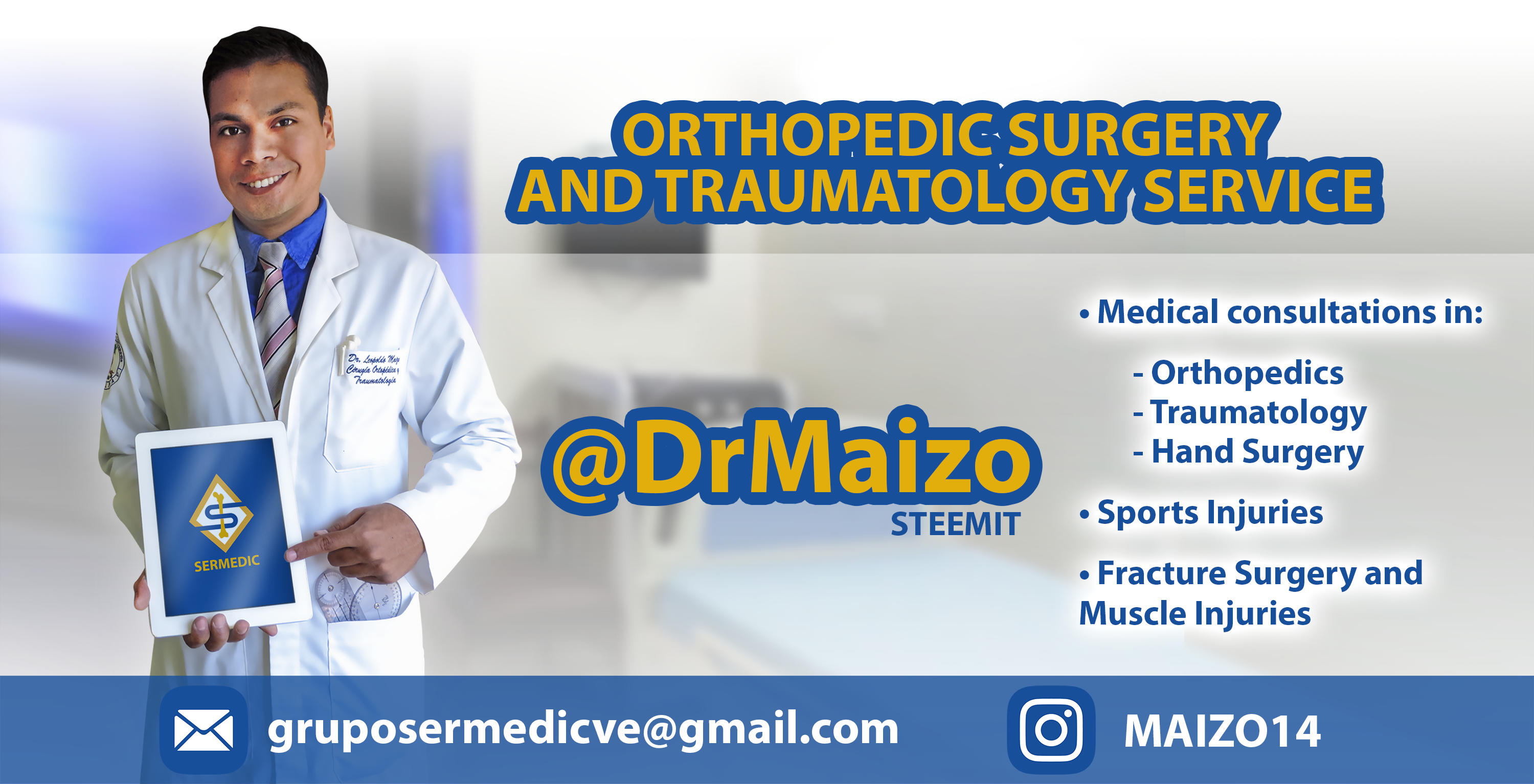
Firma diseñada por @themonkeyzuelans, contáctalos vía Discord "themonkeyzuelans#9087"
Great projects from the Steemit community:
- My Fundition campaign: https://fundition.io/#!/@drmaizo/6f88ggj8h



.png)
I was surprised to read that only 15mm makes a difference to gait.
I was also surprised to know of a 1mm adjustment per day. I would have thought it would have been a longer adjustment frequency.
Very interesting.
It's surprising but if it makes a difference @preppervetuk, we particularly perform treatments from 20 mm difference, initially with shoe insoles to compensate. Even if you don't believe it, these small differences gradually affect the spinal column, even forming pathologies similar to scoliosis.
Congratulations! Your post has been selected as a daily Steemit truffle! It is listed on rank 2 of all contributions awarded today. You can find the TOP DAILY TRUFFLE PICKS HERE.
I upvoted your contribution because to my mind your post is at least 6 SBD worth and should receive 111 votes. It's now up to the lovely Steemit community to make this come true.
I am
TrufflePig, an Artificial Intelligence Bot that helps minnows and content curators using Machine Learning. If you are curious how I select content, you can find an explanation here!Have a nice day and sincerely yours,

TrufflePigThank you very much!! :D
This project is being supported by @Fundition
Fundition is a next-generation, decentralized, peer-to-peer crowdfunding and collaboration platform, built on the Steem blockchain.
#upfundition and #fundition tags on Steem represent the projects that are started on https://fundition.io.
Are You Prepared to Make the World a Better Place too?
Read the full details of Fundition Fund program
Learn more about Fundition by reading our purplepaper
Join a community with heart based giving at its core